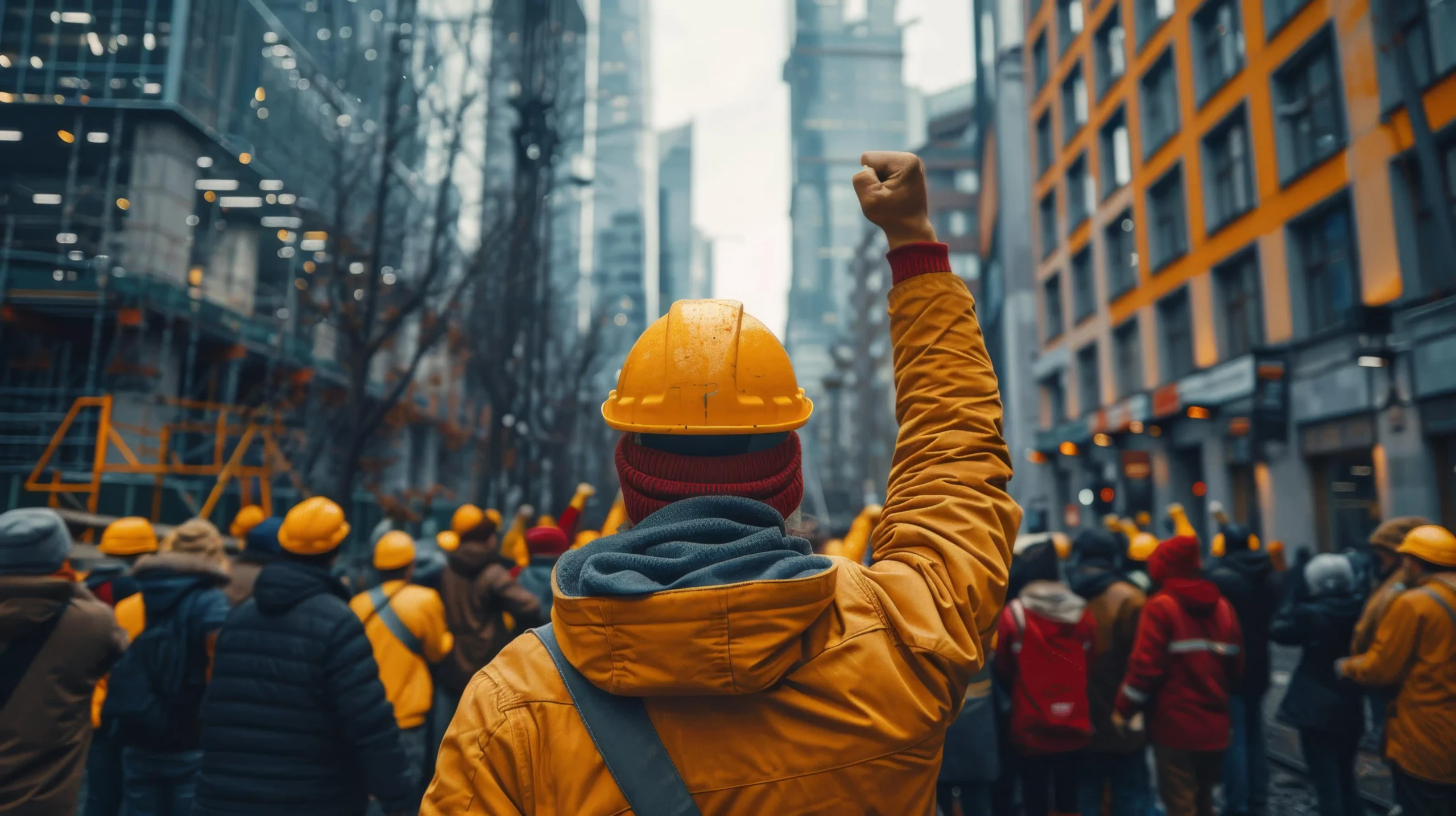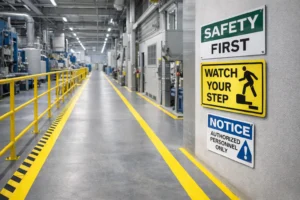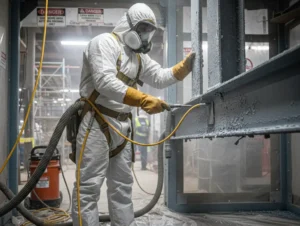What's The Most Dangerous US State For Workers?
Do you know that more than 5,000 workers lost their lives on the job in 2022?
It's a stark reminder that workplace safety remains an urgent national concern. Workplace safety isn’t a new concept; it’s a daily reality that impacts families, industries, and communities. This blog takes a closer look at which U.S. states pose the greatest risks to workers and why. By analyzing industry hazards, state-level enforcement, and evolving workplace dynamics, we aim to shed light on the regions where employees face the highest dangers.
But this isn’t just about statistics or adherence checkboxes. Workplace safety is a matter of human lives and livelihoods. Every injury avoided, every life saved, directly impacts families, businesses, and communities. Whether you’re an employer, policymaker, or worker, understanding these risks is the first step toward building safer, more sustainable workplaces nationwide.
The State of Workplace Safety in the U.S.
Workplace injuries remain a matter of concern for every organization, irrespective of the industry. In 2022, U.S. private employers reported nearly 2.8 million nonfatal workplace injuries and illnesses, showing that even with modern safety systems, risks remain deeply embedded across industries. More than 5,400 workers lost their lives on the job in 2022, translating to about 15 deaths every single day; a sobering reminder that worker safety is still a national challenge.
The Occupational Safety and Health Administration (OSHA) sets the standards, but its reach is limited. It enforces workplace safety laws, but with fewer than 2,000 inspectors for over 10 million workplaces, oversight remains stretched thin. Sectors like construction, transportation, warehousing, logging, and agriculture consistently top the charts for injuries and fatalities due to heavy equipment use, physical labor, and hazardous environments.
Moreover, the boom in e-commerce and logistics has added new layers of risk, from warehouse automation accidents to overexertion injuries linked to high-demand fulfillment centers. While regulations are critical, experts stress that safety culture, training, and leadership buy-in often matter more than check-the-box adherence for keeping workers safe.
Key Metrics Used to Identify Dangerous States
When determining which states are the most dangerous for workers, it’s not enough to look at raw numbers alone. A state with a large workforce, like California or Texas, will naturally report higher totals simply because more people are employed. To get a true picture of risk, you can rely on standardized safety metrics that level the playing field and highlight where workers face the greatest dangers.
Fatal Occupational Injury Rates (per 100,000 workers)
This is one of the most reliable indicators of workplace danger. By looking at the rate of deaths relative to the workforce size, rather than just the total number, you can see where an individual worker is statistically more likely to face fatal risks. For example, a smaller state with fewer total deaths may still rank as more dangerous if its workforce is relatively small but faces high-risk industries.
Total Number of Reported Workplace Injuries & Illnesses
While fatalities are the most severe outcome, non-fatal injuries and illnesses reveal the broader day-to-day safety environment. High rates of reported injuries suggest unsafe conditions, inadequate safety practices, or insufficient worker protections. These cases often highlight systemic issues before they escalate into fatalities.
Industry Concentration
Not all states have the same industry mix, and this plays a crucial role in worker safety. States with heavy reliance on mining, logging, construction, oil extraction, or agriculture naturally have higher risks due to the physically demanding and hazardous nature of these jobs. By factoring in industry concentration, we can understand why some states consistently rank as more dangerous than others.
The Most Dangerous U.S. States for Workers
If you talk about worker safety, not all states are equal. A combination of industry mix, geography, and workforce size means some regions see far higher risks than others. Below are some of the most dangerous states, with the leading causes behind their elevated fatality rates:
Alsaka
When it comes to fatality rates, it's consistently among the highest in the U.S., often more than 10 deaths per 100,000 workers, which is nearly triple the national average. It is because the dangerous industries dominate: commercial fishing, logging, aviation, and remote transportation. Severe weather and isolated job sites make rescue and medical response slower.
Wyoming
Wyoming regularly ranks in the top 3 for occupational deaths, with mining, oil, and gas driving the numbers. Its small population means every incident drastically raises the per-capita rate. Heavy machinery, hazardous extraction work, and long commutes on rural highways add to the danger.
North Dakota
The fatality rates in North Dakota spiked dramatically during the Bakken oil boom and still remain above average. Mostly, the energy extraction, construction, and trucking dominate. The long shifts, fatigue, and powerful machinery raise accident potential.
Montana
Montana is among the top 10 nationally, with a strong presence of agriculture and transportation risks. Rural workforce, heavy reliance on farming and ranching, and limited emergency medical access when accidents occur. Tractor rollovers, animal-related injuries, and highway crashes are leading causes.
How Employers Can Protect Their Workers
While geography and industry certainly play a role in workplace dangers, the truth is that no state is immune to risk. Fatal accidents happen in offices, warehouses, and construction sites alike, making proactive safety measures non-negotiable for every employer.
Companies can start by investing in OSHA-compliant training that equips workers with practical, life-saving knowledge. High-risk industries like logging, mining, and oil extraction especially benefit from tailored safety programs that address unique hazards.
Moreover, fostering a culture where employees feel safe to report hazards and near-misses without fear of retaliation can prevent tragedies before they happen. And with the rise of wearable devices, AI-driven safety alerts, and real-time monitoring systems, employers now have powerful tools to identify risks instantly. They can protect their workforce, no matter the state or sector.
Wrap Up
Workplace fatalities are more than just numbers; they represent real people, families, and communities forever changed. Whether it’s oil rigs in Louisiana, farms in Montana, or construction sites in Texas, the risks may differ, but the responsibility is universal. Employers who prioritize safety not only protect lives but also build stronger, more resilient businesses. By investing in training, encouraging open communication, and embracing new technologies, organizations can move from reacting to tragedies to preventing them altogether.






